Search

Communities Facing Disasters: Helpful Checklists
Whether communities are planning for, experiencing, or recovering from a disaster, checklists are helpful. View some helpful checklists created by experienced people who know what is needed during any stage of a disaster.
Floodwater: Road Crossing Hazards
During flooding, and when driving in the countryside we oftentimes encounter a creek or stream running on top of the road. Be aware that a course of water running over the road can turn into a very dangerous, even life-threatening situation if you attempt to cross it with your vehicle.
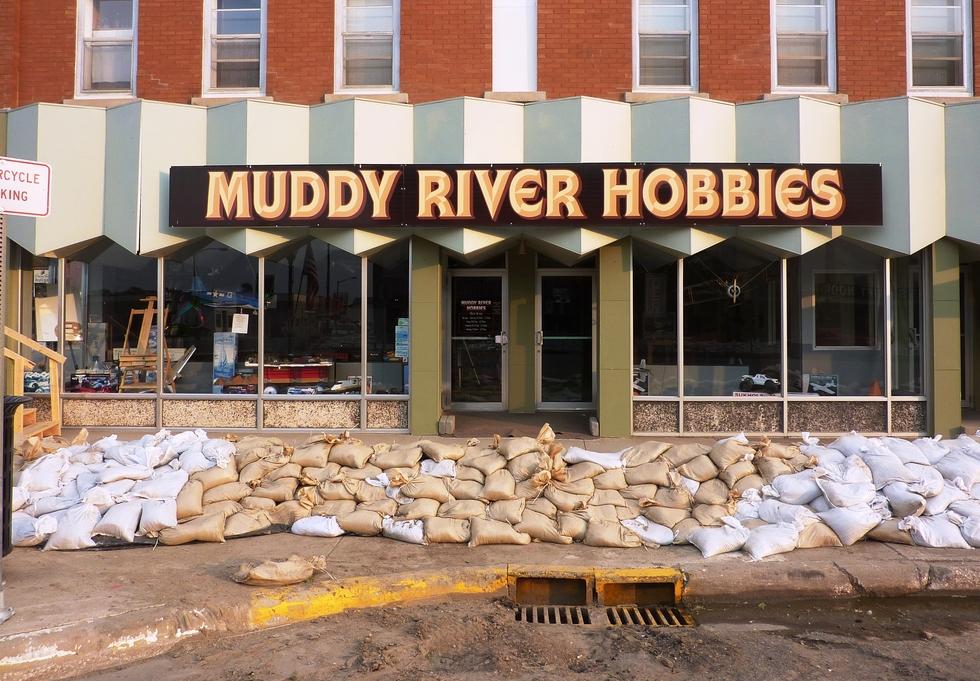
Managing Disaster Recovery for Your Small Business
What do you do when your small business is hit by a disaster such as a flood, tornado, fire or other natural disaster? Many times, with the day to day work of operating a business, we sometimes forget about what we have in our disaster plan.
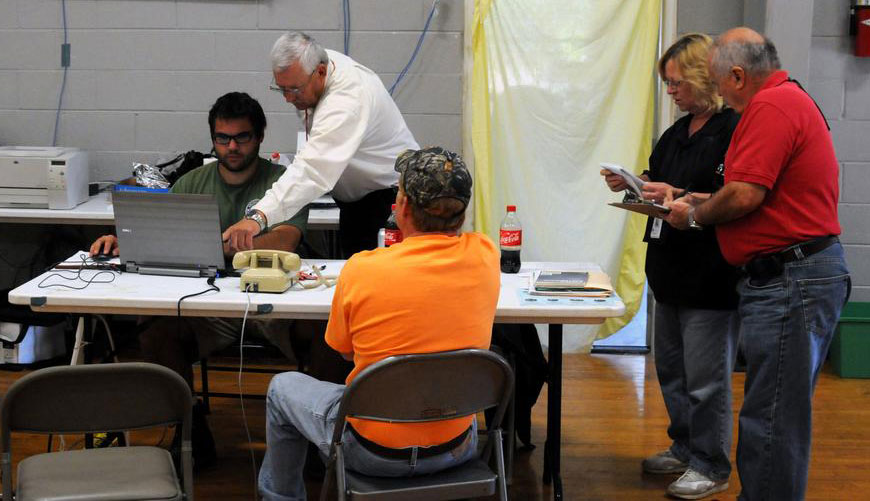
Every Disaster is Local First
If you are experiencing a disaster, it is a local disaster. Your best chance for immediate help before, during, or after a disaster is local.

Fire Hazard in Wet Bales
Baled stored hay can get wet during spring as a result of melting snow or rainwater. These bales are also more susceptible to heating as they constitute and ideal substrate for microorganisms.

Mud and Lameness in Beef Cattle
Melting snow and spring rains produce conditions that can increase lameness in beef cattle. Mud is among the predisposing causes for cattle lameness.
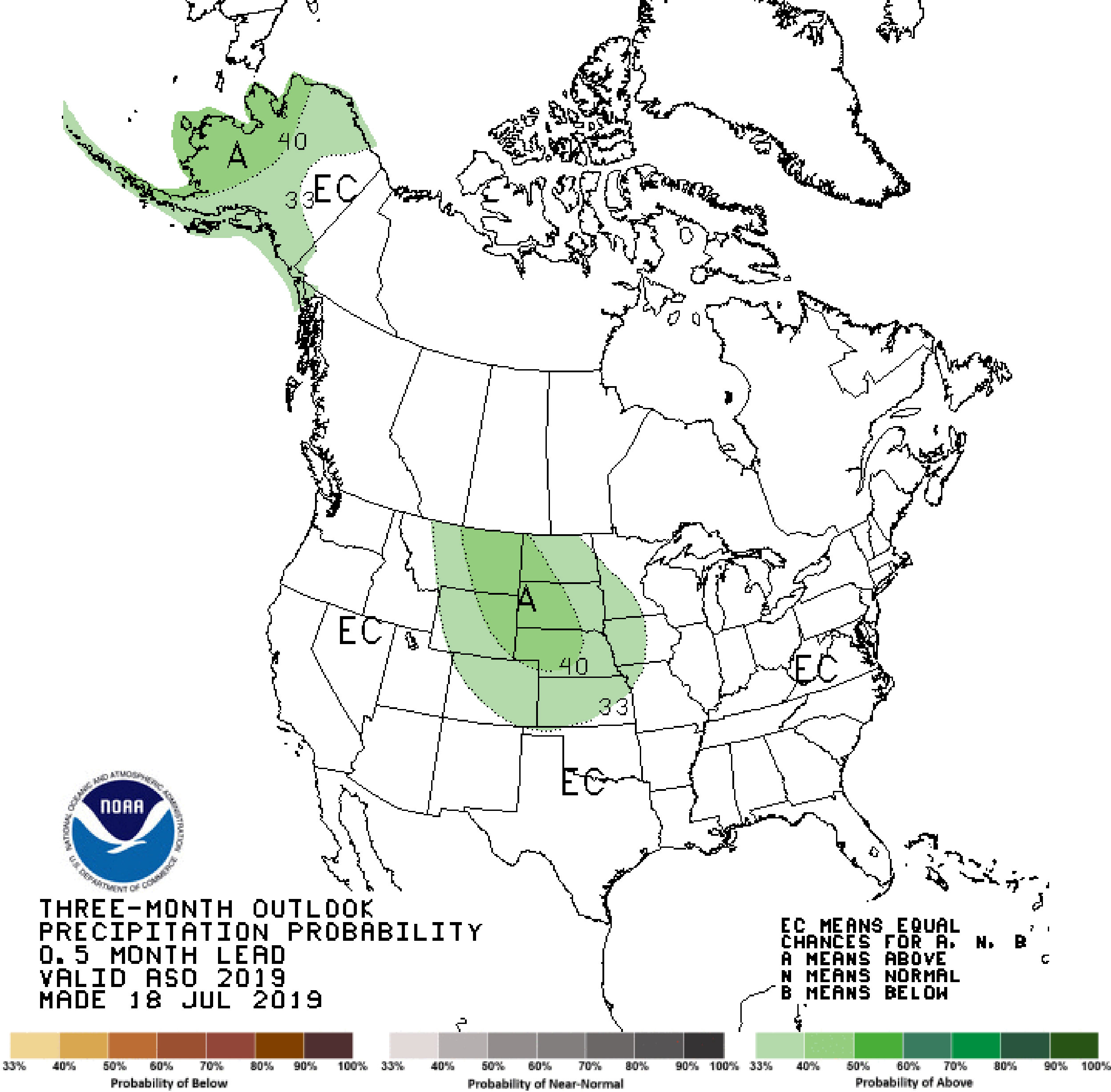
Wet Conditions Likely Into Fall Season
Many locations in South Dakota have already received as much precipitation this year as they do in an entire average year. The latest climate outlook from NOAA’s Climate Prediction Center shows increased chances of wetter than average conditions to continue into the fall season.
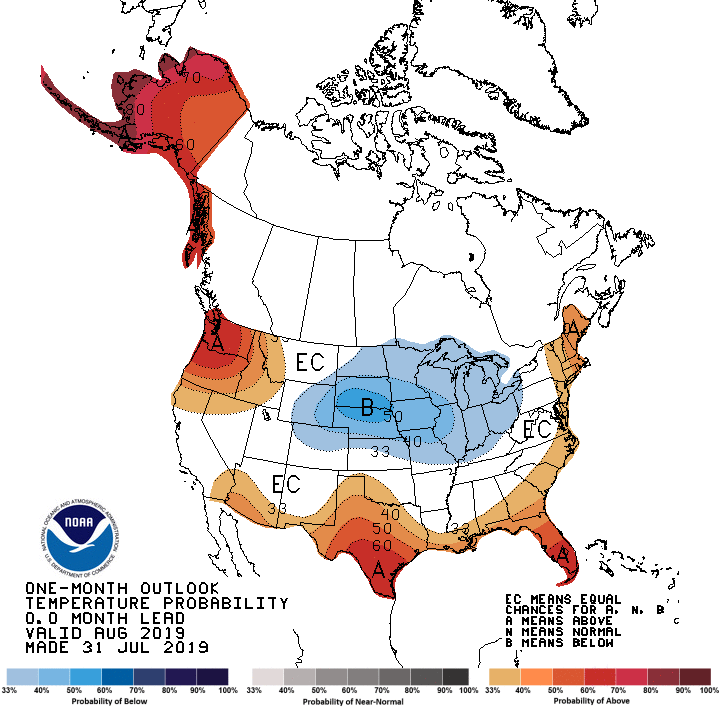
August 2019 Climate Outlook: Cool and Wet
According to the latest climate outlook update, odds are favoring that August 2019 will be cooler than average. The update was released by NOAA’s Climate Prediction Center on July 31, 2019.

Youth for the Quality Care of Animals (YQCA) in South Dakota 4-H resources
About YQCA – the national program
Youth for the Quality Care of Animals (YQCA) is a national multi-species quality assurance program for youth ages 8 to 21 with a focus on three core pillars: food safety, animal well-being, and character development. The YQCA program is an annual certification created for youth producing and/or showing beef cattle, dairy cattle, sheep, meat goats, dairy goats, swine, poultry, and rabbits. The program has been designed by extension specialists and national livestock program managers to ensure it is accurate, current and relevant to the needs of the animal industry and shows, and is appropriate for youth learning levels.
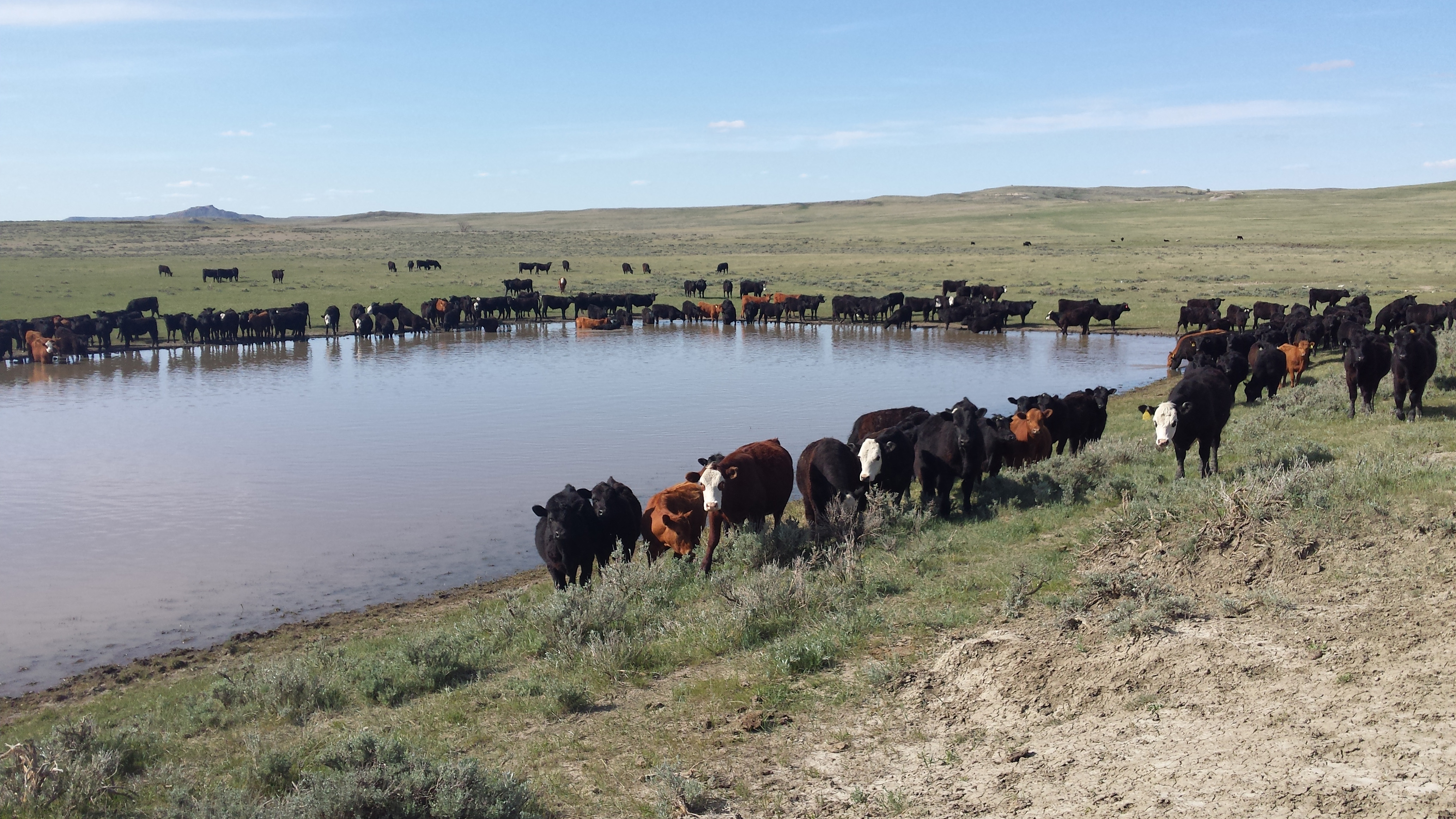
SDSU Extension offering livestock water testing across state
June 27, 2023
South Dakota State University Extension is offering on-site livestock water testing services at all SDSU Extension regional centers and several SDSU Extension county offices throughout the state.